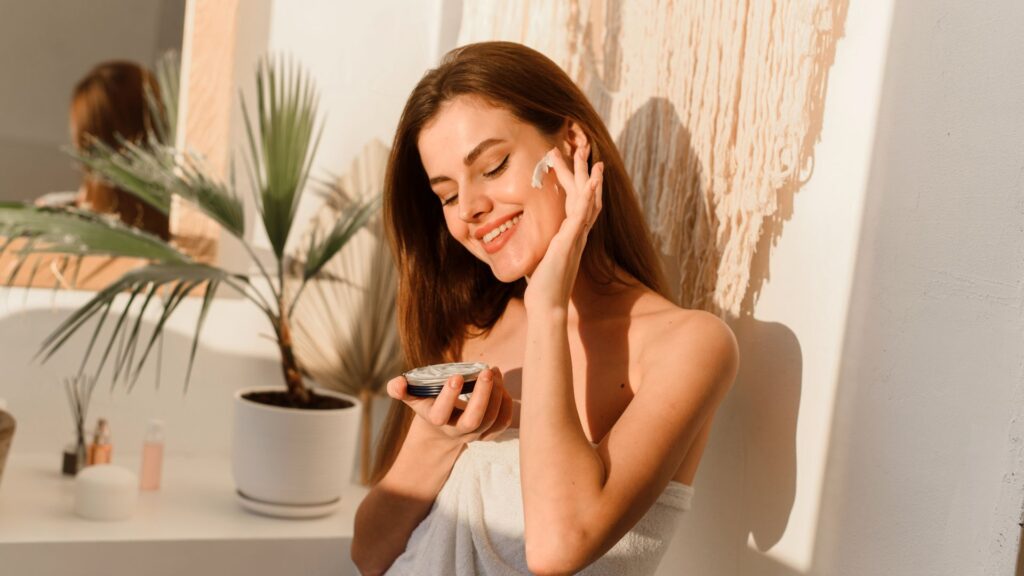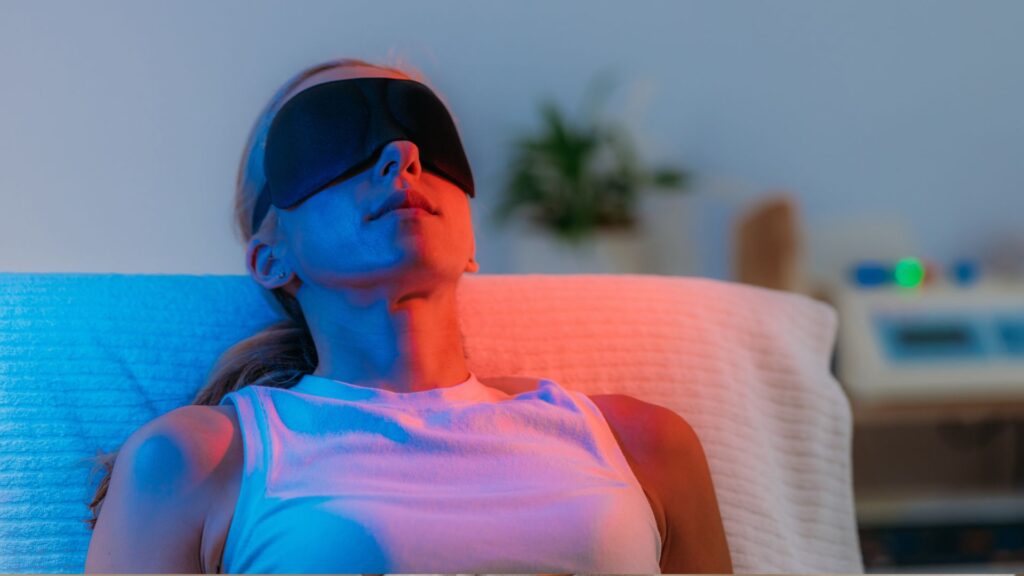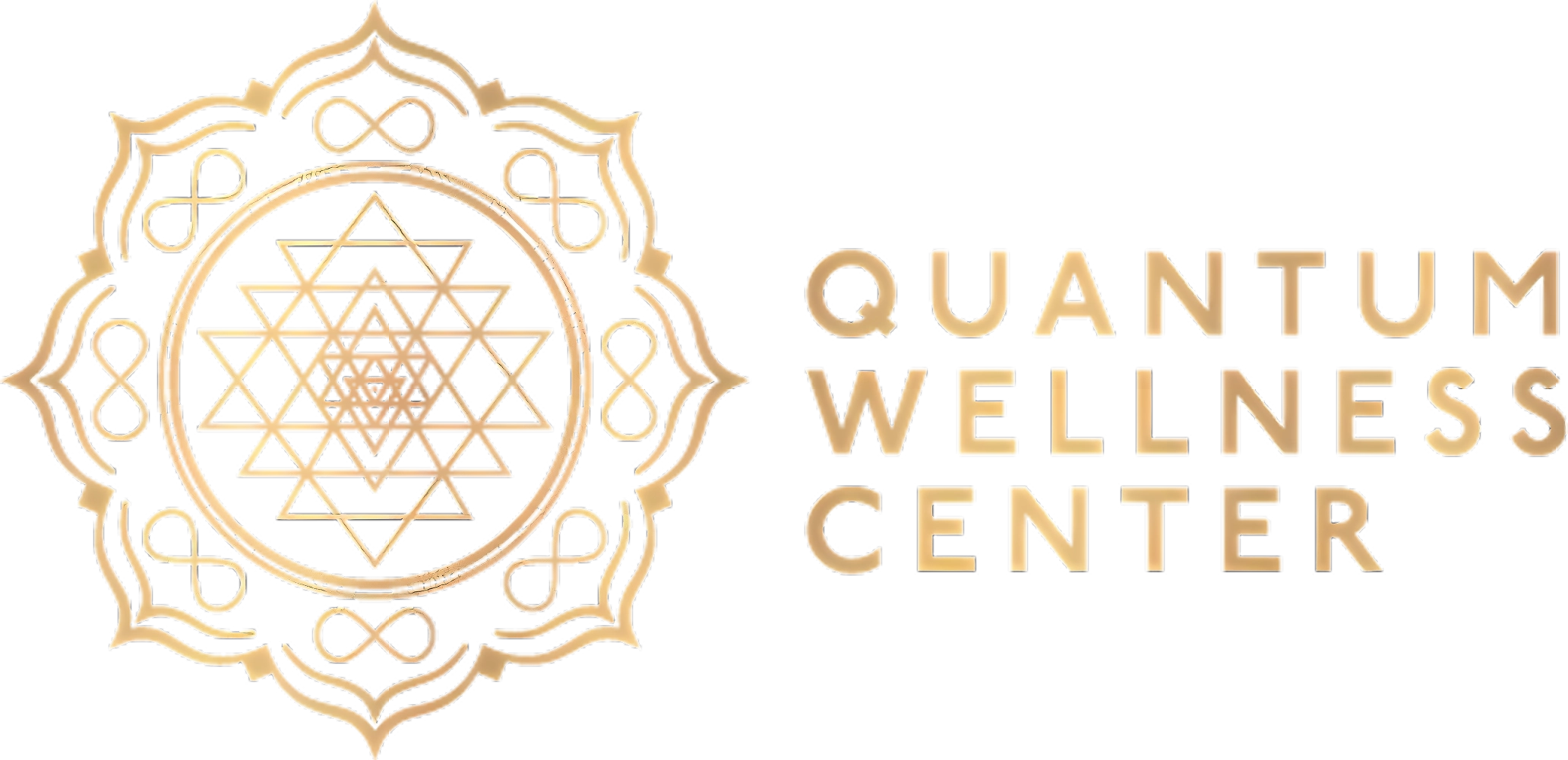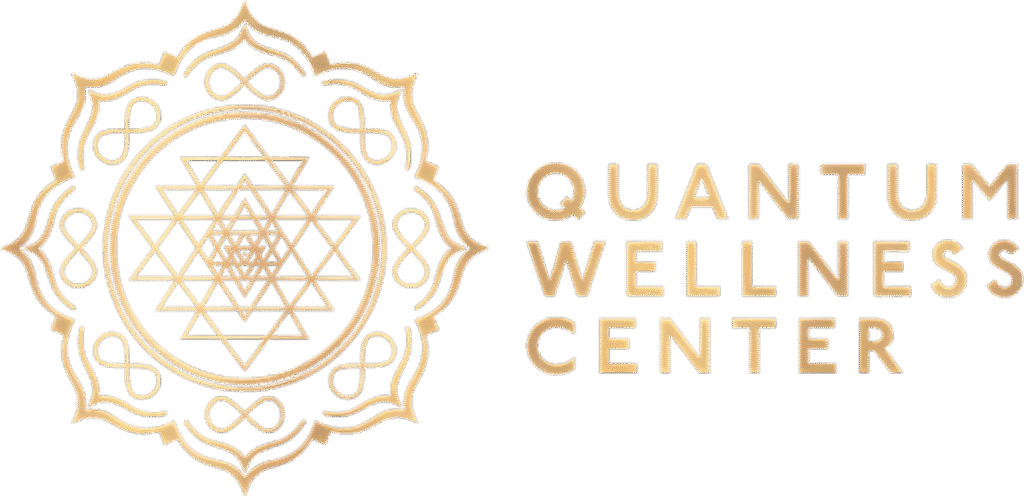Red light therapy has emerged as a popular treatment for enhancing skin health, reducing the appearance of aging signs, and addressing various skin concerns. As more people integrate these therapy devices into their skincare routines, a common question arises: can you use sunscreen with red light therapy, and if so, when and how? Understanding how these two elements interact is essential to ensure both skin protection and the full benefits of this advanced form of light therapy.

Understanding How Red Light Therapy Works
Red light therapy uses specific wavelengths of light in the red and near-infrared spectrum to penetrate the skin and stimulate cellular activity. These wavelengths, typically ranging from 600 to 850 nanometers, reach deep into the skin, promoting collagen production, enhancing circulation, and accelerating cellular repair. Unlike UV light emitted by the sun, red and near-infrared light does not damage the skin or increase the risk of skin cancer.
The ability of red light therapy to penetrate the skin and stimulate skin cells is what makes it so effective. However, any barrier on the skin’s surface can interfere with the light absorption process, reducing the therapy’s efficacy.
The Protective Role of Sunscreen in Skincare
Sunscreen is designed to protect your skin from harmful UV rays from the sun. It forms a physical or chemical barrier that either absorbs or reflects UV radiation, preventing sun damage, premature aging, and the risk of skin cancer. While this protective layer is essential for outdoor exposure, it also blocks other forms of light from reaching your skin.
Because sunscreen is formulated to block UV light, it can also hinder other light wavelengths, including those used in red light therapy. This raises concerns about whether applying sunscreen before a therapy session may prevent the light from penetrating the skin and delivering its intended benefits.
Can Sunscreen Block Red Light Therapy?
Yes, sunscreen can block red light if applied before a session. Many sunscreens are formulated with ingredients that scatter or absorb light, including red and near-infrared light. These compounds create a barrier on the skin that interferes with the light’s ability to penetrate effectively. When sunscreen is on the skin, it may reduce or completely prevent red and near-infrared wavelengths from reaching skin cells, ultimately diminishing the benefits of red light therapy.
This is especially important for people using this type of therapy at home, where treatment results depend on ensuring proper light absorption. Using sunscreen, as well as makeup and heavy skincare products, before light therapy sessions can significantly impact how well the light waves interact with the skin.
Preparing Your Skin for Red Light Therapy
To achieve the best results from red light therapy, your skin should be clean, bare, and free from any products that could block the light. Cleansing your skin before a session helps remove dirt, oil, sunscreen, and makeup that might obstruct light from penetrating the skin. Use a gentle cleanser suitable for your skin type to avoid irritation, especially if you have sensitive skin.
After cleansing, avoid applying sunscreen or any skincare products that contain reflective or light-blocking agents. Keeping your skin free from barriers ensures optimal absorption of the red and near-infrared light used in your therapy device.
When and How to Use Sunscreen in a Light Therapy Routine
The timing of sunscreen application is crucial. You should never use sunscreen before a red light therapy session. Doing so would block the wavelengths of light from reaching your skin and disrupt the treatment process. If you’re worried about protection during the session, it’s actually better to throw on a pair of eye shields instead of slathering sunscreen on your skin. Instead, if you plan to be outdoors after your session, it’s essential to put on sunscreen afterward to guard your skin from UV exposure.
Use sunscreen after your session only once your skin has returned to its normal state. Red light therapy can temporarily increase skin sensitivity, so choose a gentle, non-comedogenic sunscreen that’s suitable for your skin type. This helps protect your skin without clogging pores or causing additional irritation.

Impact of Skincare Products on Red Light Therapy Efficacy
Moisturizers, oils, and serums, especially those containing SPF, mica, or reflective particles, can reflect or absorb light, reducing the efficacy of your session. Even skincare products marketed for LED light therapy should be used with caution unless specifically designed not to interfere with light absorption.
To complement red light therapy, consider using hydrating products only after your session. Ingredients like hyaluronic acid and ceramides can help restore moisture and support the skin barrier without interfering with light penetration during treatment.
Post-Treatment Skincare After Red Light Therapy Sessions
After completing your red light therapy treatment, your skin may be more receptive to skincare products. This is an ideal time to incorporate nourishing and soothing ingredients that support skin recovery. If you’re heading outdoors, applying sunscreen is essential to guard your skin from UV rays, especially since the treatment can make your skin more sensitive to sun exposure.
Using a broad-spectrum sunscreen can block UV light and prevent further sun damage, complementing the regenerative effects of red light therapy. Just ensure your skin has had time to cool and recover before applying any products.
Final Thoughts from Quantum Wellness Center
Using sunscreen and red light therapy correctly can make a significant difference in your skin’s health and your overall results. However, timing matters, as your skin needs to be clear and product-free during therapy to absorb the full benefits.
At Quantum Wellness Center, we incorporate advanced therapies, including our full-body Red Light Therapy which helps improve skin health, reduces inflammation, and enhances natural healing. With locations designed for accessibility and comfort, our arsenal of wellness services restores both body and mind through proven, non-invasive care.



